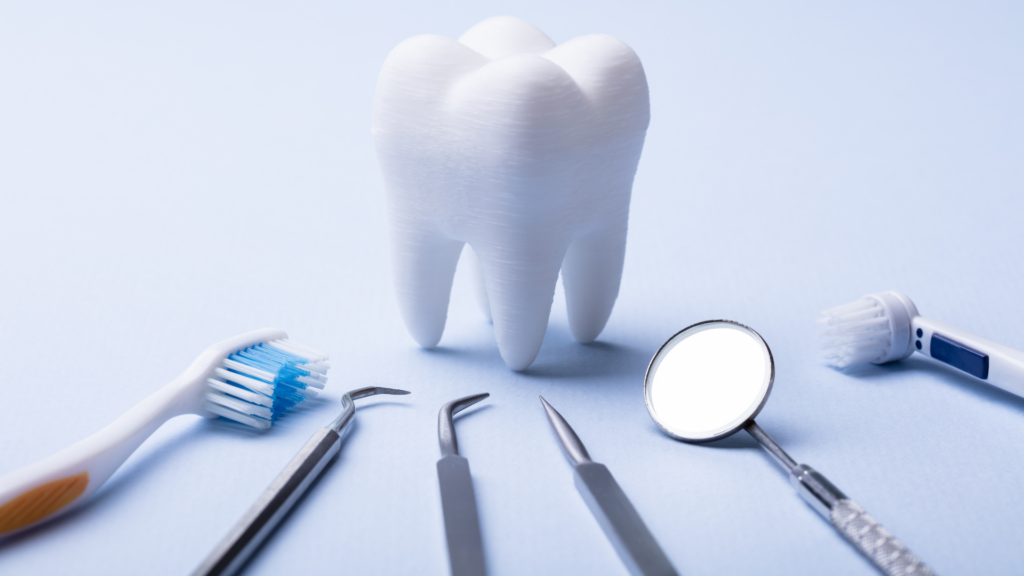
Overview
Sodium fluoride is an ionic compound with the formula NaF. This colourless solid is the main source of the fluoride ion in diverse applications. NaF is less expensive and less hygroscopic than KF, but otherwise the potassium salt is more widely used.
Uses
Fluoride salts are used widely to enhance the strength of teeth by the formation of fluoroapatite, a naturally occurring component of tooth enamel. In the US, NaF was once used to fluoridate drinking water but its use has been displaced by hexafluorosilicic acid (H2SiF6) or its sodium salt (Na2SiF6). Toothpaste often contains sodium fluoride to prevent cavities.
Chemical structure and properties
NaF crystallizes in the sodium chloride motif where both Na+ and F− occupy octahedral coordination sites. It is usually used as a reagent for the synthesis of fluorides. Representative substrates include electrophilic chlorides including acyl chlorides, sulfur chlorides, and phosphorus chloride. Like other fluorides, NaF finds use in desilylation in organic synthesis.
“Tradeasia International as a global Sodium Fluoride supplier provides you with Sodium Fluoride for your market and industry solution. Get Sodium Fluoride in different grades, quantities, and packaging right now.”
Application
Dental Care: Sodium fluoride is widely used in toothpaste, mouthwash, and professional dental treatments as a key ingredient for preventing tooth decay.
Water Fluoridation: Many municipal water supplies are fluoridated by adding sodium fluoride to the water. This process is a public health measure to improve dental health in the community by reducing the incidence of cavities.
Topical Fluoride Treatment: Dentists often apply topical fluoride treatments to patients’ teeth to provide additional protection against cavities. This can be done as a gel, foam, or varnish.
Industrial Applications: Sodium fluoride is used in various industrial processes, including in the production of aluminum, steel, and glass. It can act as a flux to lower the melting point of certain materials and improve their flow properties.
Pesticides: In agriculture, sodium fluoride has been used in some pesticide formulations. However, its use in this context has been decreasing due to environmental and health concerns.
Insecticides and Rodenticides: Although not as common as other compounds, sodium fluoride has been used in some insecticides and rodenticides to control pests.
Ceramic and Glass Industry: In the ceramic and glass industry, sodium fluoride can be used as a flux to lower the melting point of materials, allowing for easier shaping and forming.

Spesification
| TRANSPORTATION | |
| PACKING | 25kgs in Bag |
| HAZARD CLASS | 6.1 (Packing group: III) |
| UN NO. | 1690 |
| PRODUCT IDENTIFICATION | |
| CAS NO. | 7681-49-4 |
| EINECS NO. | 231-667-8 |
| FORMULA | NaF |
| MOL WT. | 41.99 |
| H.S.CODE | 2826.11 |
| TOXICITY | Oral rat LD50: 52 mg/kg |
| SYNONYMS | Disodium Difluoride; Floridine; Florocid; Villiaumite; Sodium Hydrofluoride; Sodium Monofluoride; Trisodium Trifluoride; Alcoa Sodium Fluoride; Cavi-trol; Chemifluor; Fluorident; Fluorigard; Credo; |
| PHYSICAL AND CHEMICAL PROPERTIES | |
| PHYSICAL STATE | Odorless white powder or crystal |
| MELTING POINT | 993 C |
| BOILING POINT | 1700 C |
| SPECIFIC GRAVITY | 2.78 |
| SOLUBILITY IN WATER | Soluble |
| pH | 7.4 |
| VAPOR DENSITY | 1.45 |
| NFPA RATINGS | Health: 3 Flammability: 0 Reactivity: 0 |
| FLASH POINT | Not considered to be a fire hazard |
| STABILITY | Stable under ordinary conditions |
| SALES SPECIFICATION | |
| APPEARANCE | white odorless powder or crystal |
| ASSAY (NaF) | 98.0% min |
| FREE ALKALI (as Na2CO3) | 0.5% max |
| FREE ACID (HF) | 0.1% max |
| SILICA (SiO2) | 0.5% max |
| SULFATES | 0.3% max |
| WATER INSOLUBLES | 0.5% max |
| HEAVY METALS (as Pb) | 10ppm max |
| SIEVE ANALYSIS | 98% min ( 20 mesh) , 5% max (mesh 325) |
